Cool little frogs that are pretty common at the Duck Pond at the Firestone Center for Restoration Ecology.
|
The hour glass frog gets its name from the roughly hour glass shape of the dark patch on its back. These are fairly small frogs, note that this one is on a blade of tall grass, and easily missed during the day. But at night they tend to sit pretty high in low vegetation where they can be readily be seen.
Cool little frogs that are pretty common at the Duck Pond at the Firestone Center for Restoration Ecology.
0 Comments
There are two different species of red-eyed tree frogs at the Firestone Center for Restoration Ecology. Both can be found at the Duck Pond at night. The more common species is just called the red-eyed tree frog (Agalychnis callidryas). It is a striking frog, with red eyes, green mostly, some striping along the sides and even some orange bits. They can also have a number of white spots scattered on the back mostly. This is one of the most widely known tropical frogs as photos of it have been published in books and articles everywhere. Gorgeous animal, and a great poster-frog for the neo-tropical rain forests. Here is one climbing up soon after dark to get to its perch. So look closely at the toes. This frog does not have much webbing between the toes.
But then there is the second species, the gliding red-eyed tree frog (Agalychnis spurrelli). This similar species does not have the striping and has more yellow highlights rather than orange. But the big thing is that this frog has big webbing between the toes and can use that to leap off a tree and spread out and actually glide to another tree or the ground. Very cool adaptation, and another beautiful frog. There are five ponds on the Firestone Center property, and all have frogs. But nothing like the activity at the Duck Pond. This pond is at the top of the property so we aren't up there at night too often, but tonight we were up there to see the bats and frogs. So while almost there, we saw our first red-eyed tree frog. The students wanted to get good photos of it, so they teamed up to hold it and photograph it. Until it... Well, it kinda did what frogs do, jump. but in this case onto Sara who wasn't quite expecting that. Even so, moments later everyone starting laughing and with fits of the giggles all was good. Just another close encounter with wildlife at the FCRE. The frog was re-captured and then returned to its location on a nearby plant. The educational value of this can not be underestimated. It is one thing to see a beautiful animal in a photo, it is another thing to be able to talk about interacting with such an animal to people for the rest of your life.
The milk frog is the largest tree frog in Costa Rica, and we see them occasionally at the Firestone Center. It is a big frog, about 4 inches long, and has long legs and can jump with ease quite a long way.
This example was found on a building and actually needed to be moved for its safety given all the construction going on around here (new students dorms and such). I grabbed it and set it on a plant well away from trouble, and realized there was a great opportunity to demonstrate why it is called a milk frog. Most any description of this frog will tell you to never handle them. When handled or distressed they emit copious amounts of a milky white secretion that is toxic and can give a burning rash or worse if you get it in your mouth or such. But for a project years ago I had to handle these frogs and found that I did not get the rash, and am capable of washing my hands well after handling, so no ill effects. Thus I grabbed it from its less than optimal location and moved it, washed my hands (which took some time as the secretion is tough to get off), and returned to take a photograph of the frog showing it with the milky secretion for educational purposes. And here it is, a beautiful animal with amazing eyes and toxic milk quite visible. The granular poison dart frog (Oophaga granulifera) is a quite small frog, with orange/red on the front and varying gray to bluish green on the legs. It does give off a somewhat toxic secretion, so best not to handle them and I did not handle this one. They have been seen in almost every habitat on the Firestone Center property, but are particularly common in the banana plantation. And while mostly a ground frog, they like to climb up a little and sit off the ground on low roots and such. Today I found one vertically climbing a banana plant, which was kinda neat.
Granular glass frog (Cochranella granulosa) from the Firestone Center for Restoration Ecology6/1/2017 I am going to start this round of Costa Rica photos with a truly awesome animal, the granular glass frog (Cochranella granulosa). We do not typically see glass frogs here, so finding this one on my first night was quite a treat. It was sitting on a Heliconia leaf along side the Rio Cacao where I was able to photograph it in-situ without any handling or funny business (I pretty much never handle a frog just to get a photo, as I would rather not risk any harm to the animal). This photo is exactly how I found the frog. And with that said about not handling frogs, this one I had to grab for a couple of reasons. There have been a couple of new findings about some glass frogs, such as they may fluoresce in black light and even a new species found in Costa Rica recently that required me to capture the frog for the general science we do here. Of note, it was quickly released back to where it was found, after determining the species, finding that it does not fluoresce, and since I had it I took some educational photos to demonstrate why they are called glass frogs. And, well, why are they called glass frogs? First, I should note that there are +/- 149 species of glass frogs known, with 14 of those found in Costa Rica, so there are a lot of various glass frogs out there. And for the most part they are pretty darn see-through, like glass. You really can just look right through the things and see all the internal organs and whatnot. Here is a photo taken with a front lighting that shows this. Okay, so isn't that neato nifty? Most of the intestines are white but also visible is the red liver buried in there and lots of other bits. But this isn't frog anatomy class, so I am not going to explain the whole lot of it but will show one more photo. This time the frog is back lit to really give the picture of how a glass frog is pretty much see through.
This little beauty needs little introduction. a gray tree frog from the Kiamichi Mountains of Oklahoma
Green and Black Poison Dart Frog (Dendobates auratus) from the Firestone Center, Costa Rica2/14/2017 Always a favorite frog to see when in Costa Rica. This small frog is a ground dweller and relatively poor hopper. But it doesn't need to get out of the way, as most things know not to try and make it a snack as it has poison glands that make it quite unfit for dinner.
The three-striped poison frog has one pretty interesting trait. The female does not lay eggs in water, but generally just under the leaf littler in the male's territory. He then guards them and generally keeps an eye on things. Until they hatch into tadpoles, that is. Those tadpoles need water, so he piles all the kids on his back and hops off to a suitable water source for them to continue growing. His work is done at this point, and they are on their own.
Another of the super nice looking frogs of Borneo, the black-spotted rock frog (Staurois natator). Found near streams, and particularly rocky streams, these guys are quite camoflaged but with just the right eye one can spot them. Widespread across much of Borneo, this species has, oddly, also been found in the Philippine Islands.
|
AuthorKeith Christenson - Wildlife Biologist Categories
All
Author
Keith Christenson Wildlife Biologist Archives
September 2021
|
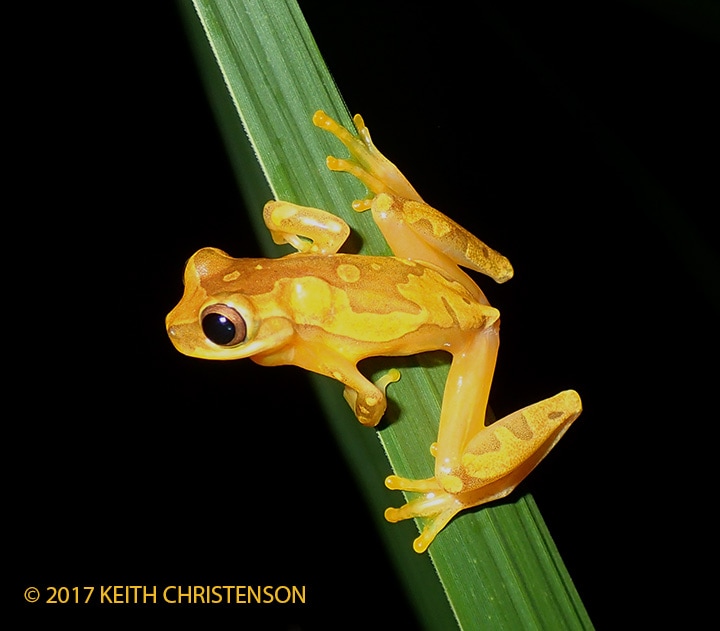
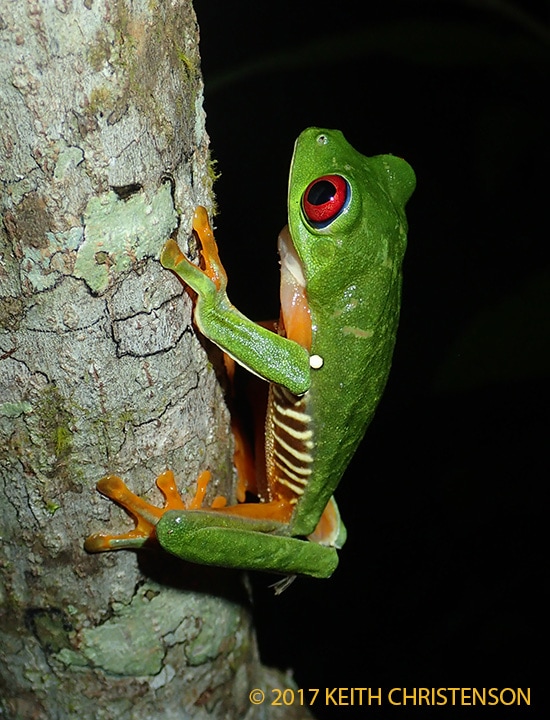
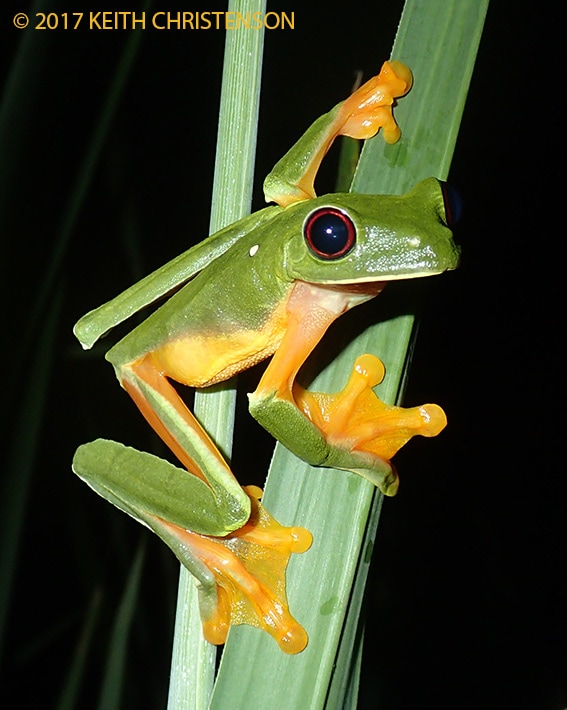

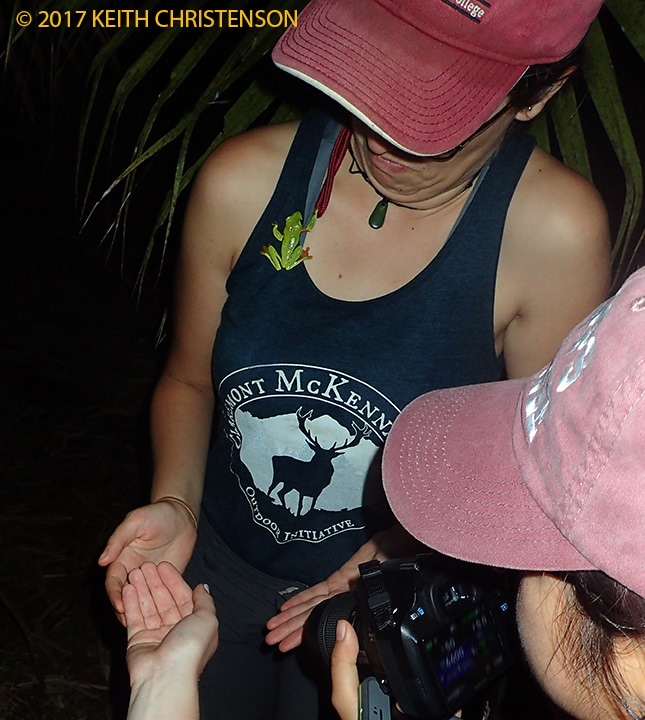
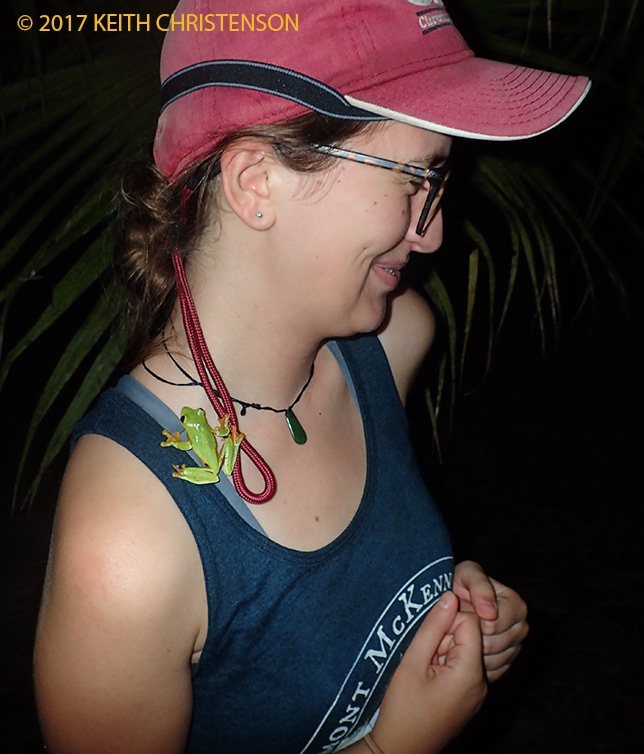
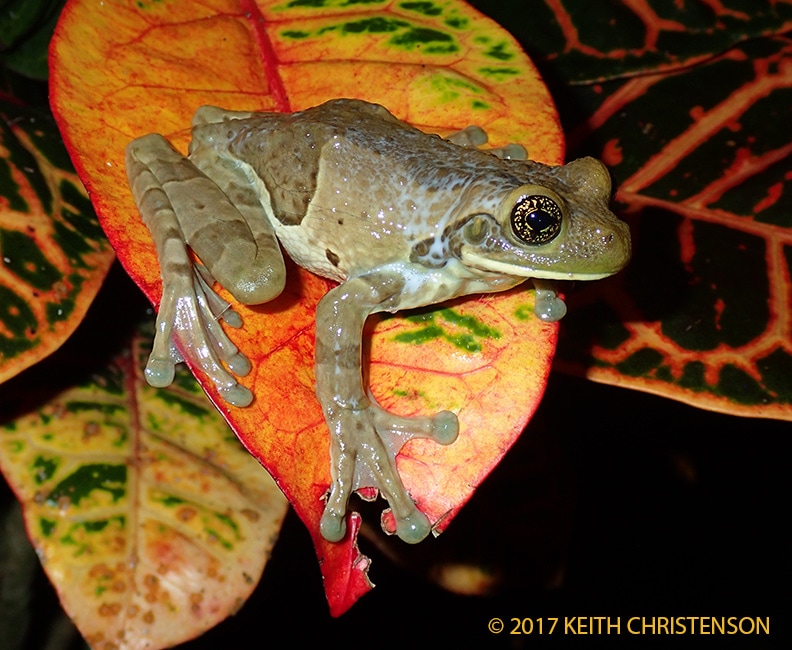
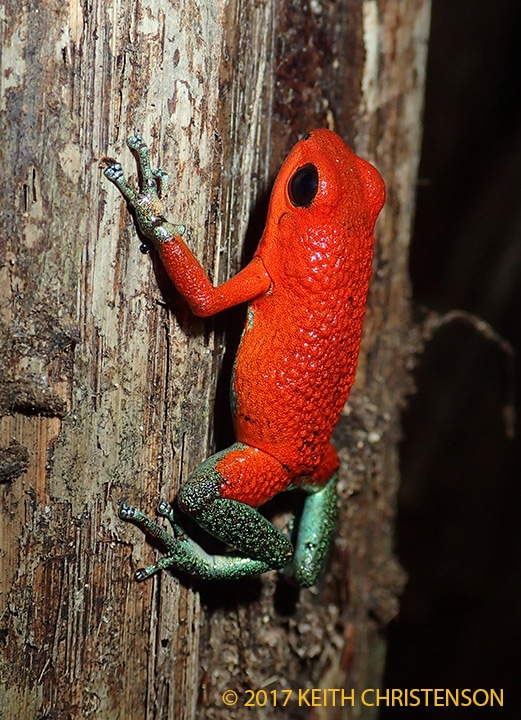
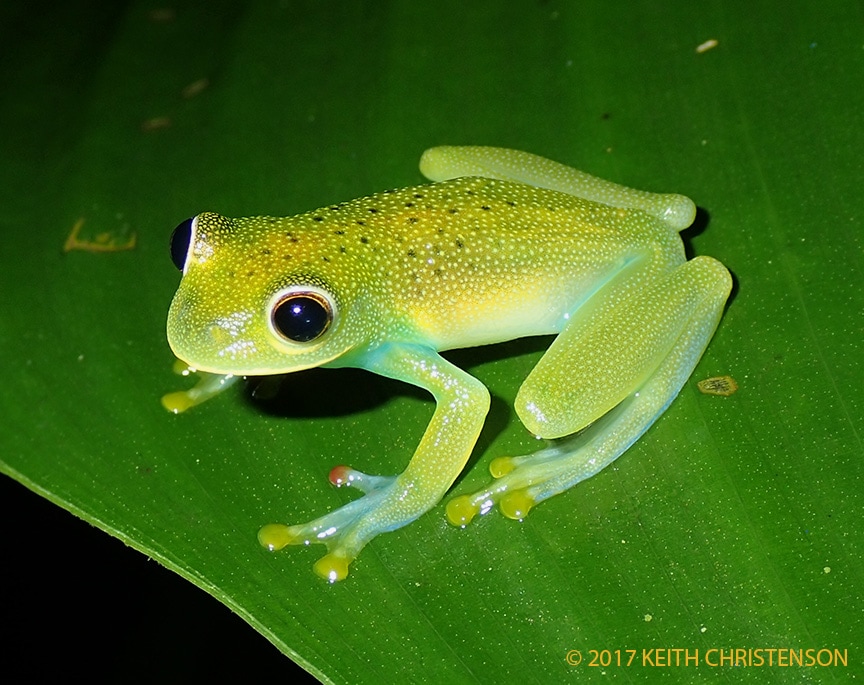
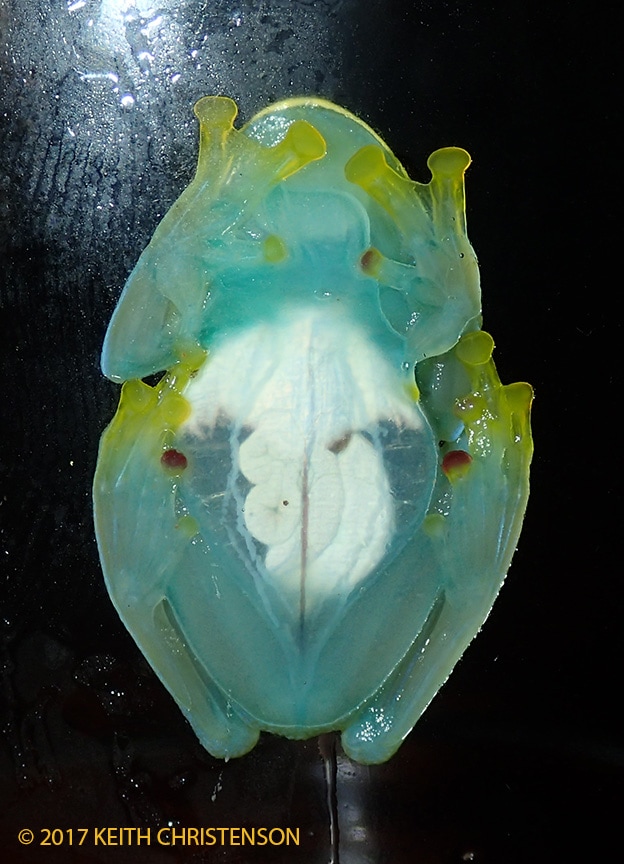
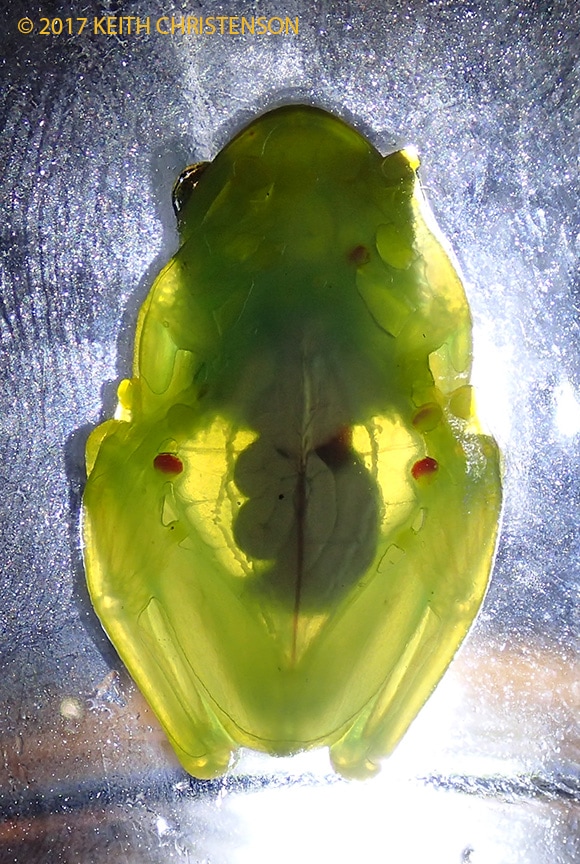
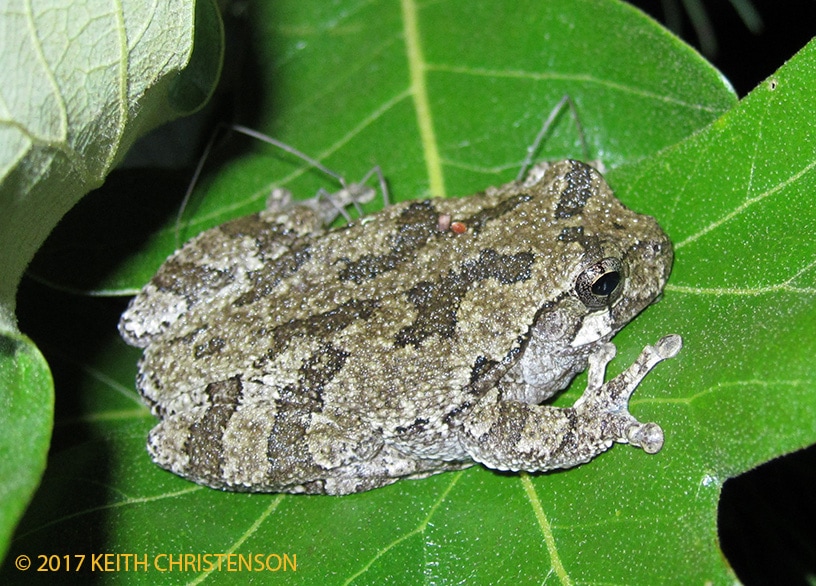
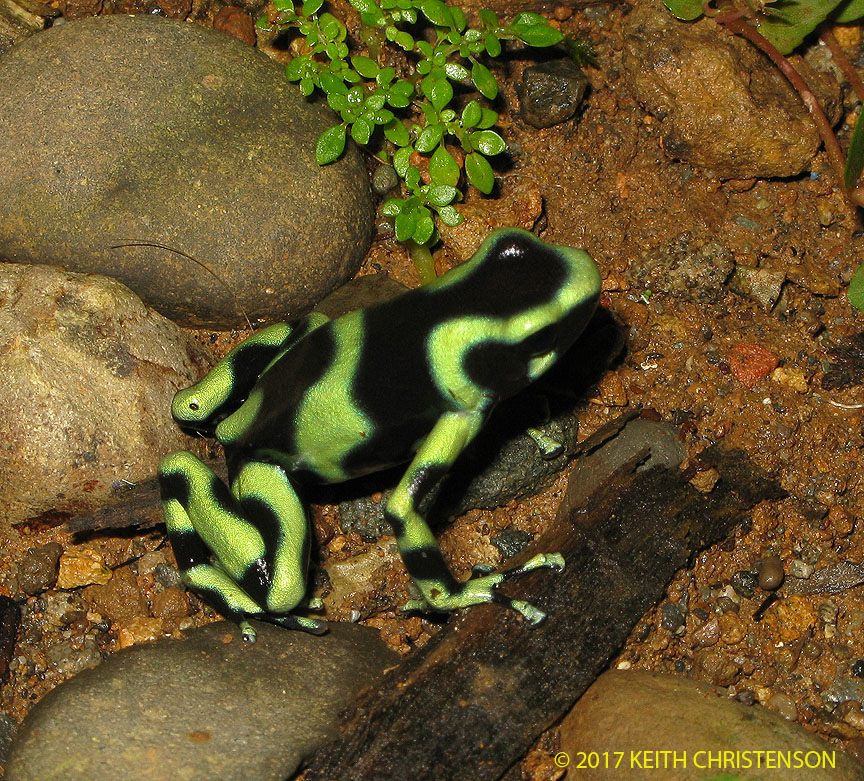
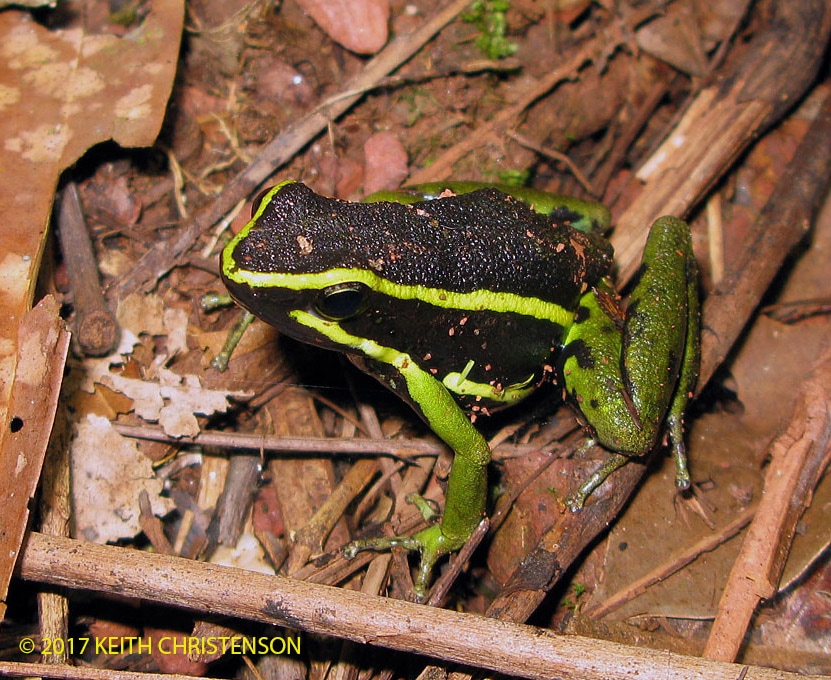
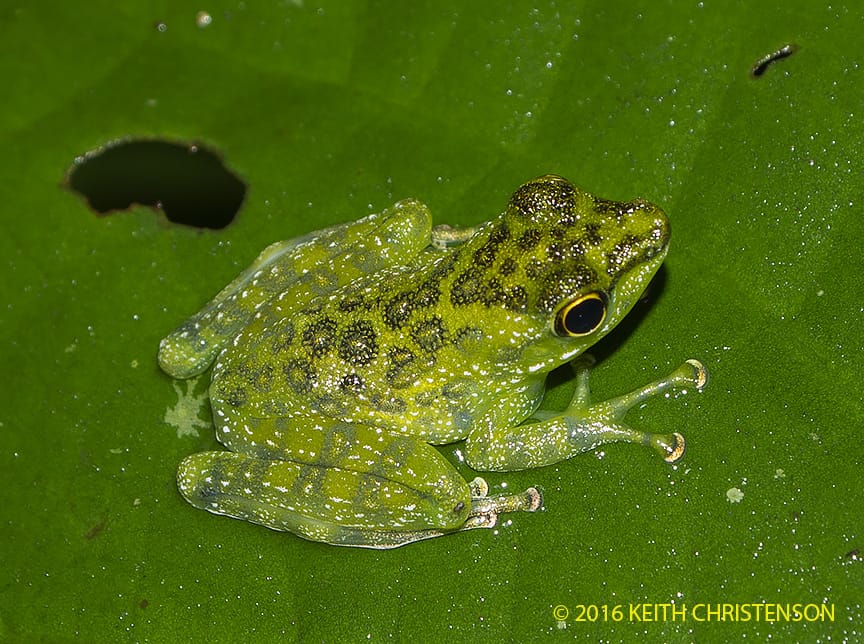
 RSS Feed
RSS Feed